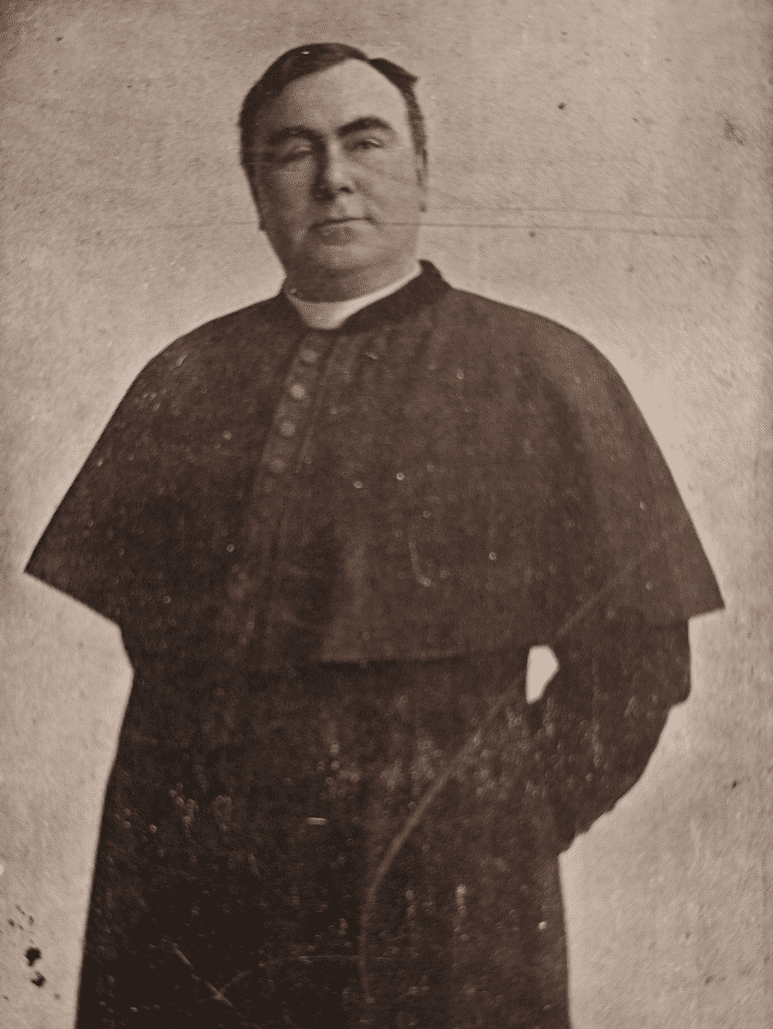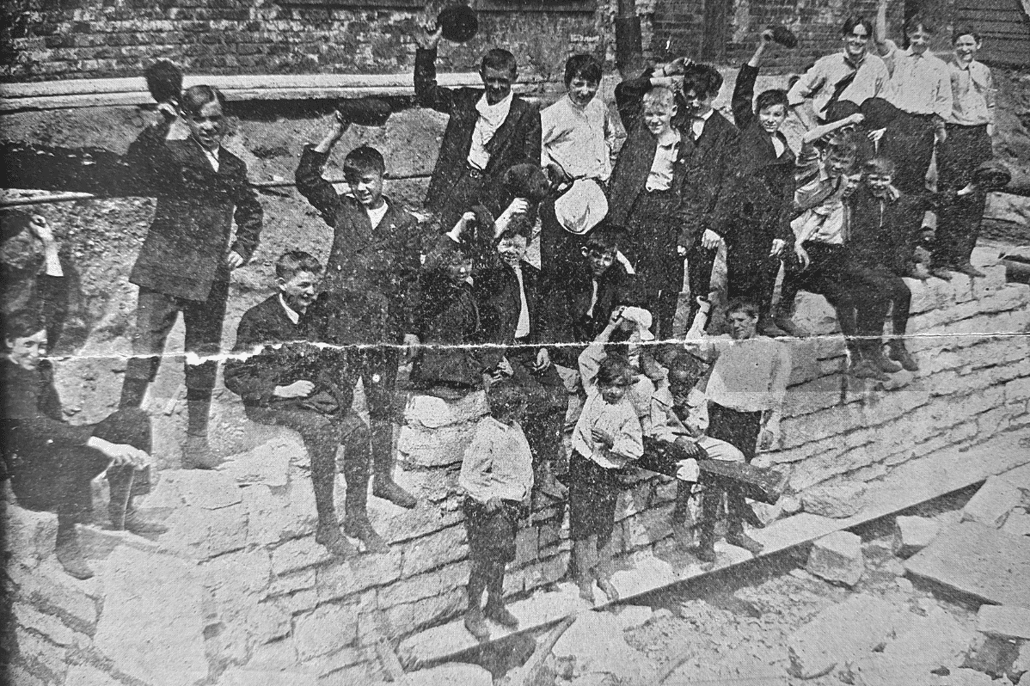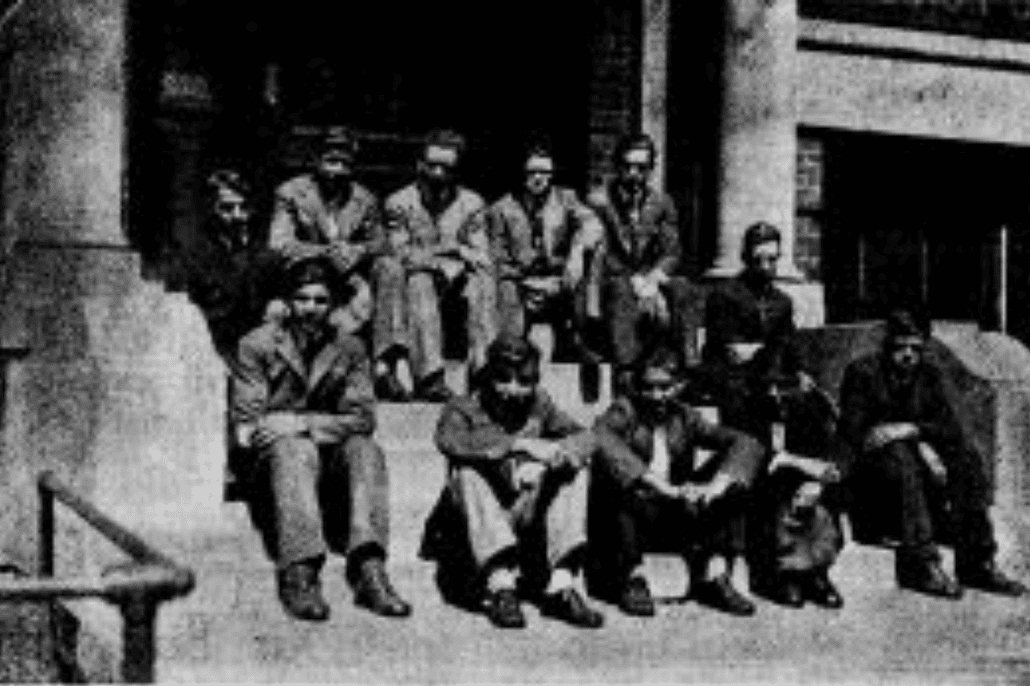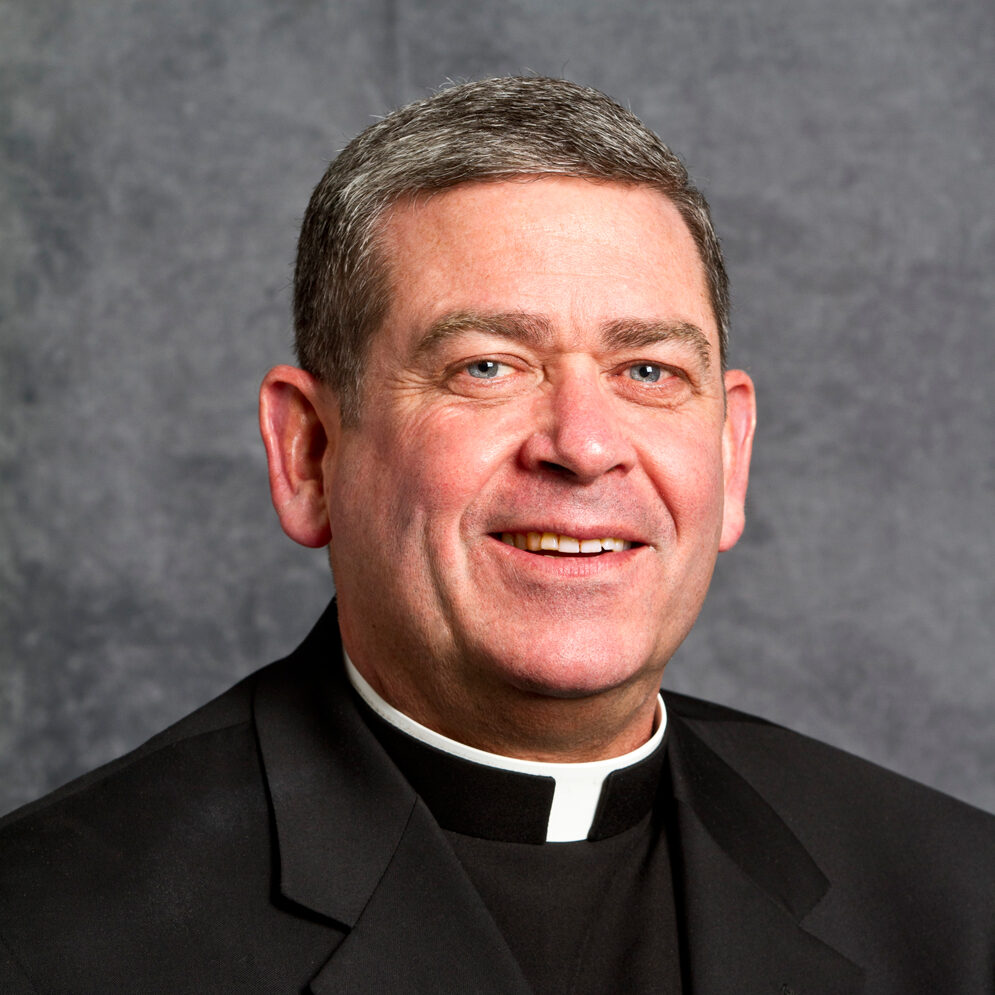Celebrate Justice by Doing Service: Martin Luther King Jr. Day
Independence Day has fireworks. Thanksgiving has travel and turkey. And on Veteran’s Day, flags flutter on front porches all over...
January 16, 2015
March 18, 2024
It all began with a conversation over dinner one evening in 1886.

The Rev. Dennis Mahoney, a Irish-American priest from Boston serving a temporary assignment at a Chicago parish, observed that the young and rapidly growing metropolis teemed with homeless and wayward boys. As the nation’s rail hub, thousands had hopped aboard freight trains bound to Chicago from the country’s interior in the hope of finding work. Many found themselves on the street instead, where they were subject to abuse and exploitation.
He noted that the local Archdiocese ran homes that cared for infants, orphans, and the sick. It maintained schools that educated Catholic students. And it built churches that served the faithful. But it lacked a single institution that could provide safety and shelter for “working boys and waifs.”
The guest of honor that evening was Chicago’s first Archbishop Patrick Feehan who hailed from Tipperary in Ireland. The Archbishop pulled Mahoney aside afterward and asked him to propose a solution. Mahoney later presented the Archbishop with his plan to establish a home for children like these. Feehan approved the endeavor, but assigned the Rev. Louis Campbell to run it.
Fr. Campbell rented a collection of rooms in the city’s financial district to house the first group of boys before renting a new space a few blocks away. But the responsibilities and privations involved in keeping the new home afloat and providing for the daily needs of children took a toll on Fr. Campbell’s health.
Mahoney, meanwhile, had made plans to return to Boston. But when Campbell was reassigned to a local parish for health reasons, Mahoney volunteered to remain in Chicago and assume the burden of leadership at the fledgling mission.

When he arrived, Mahoney found that accommodations fell far short of the comforts of home that he had envisioned at the dinner with the Archbishop. The boys slept in green iron beds with nothing but tattered clothes to cover them and a kitchen stove to provide some feeble warmth. Mahoney slept in his overcoat at night, and worked endlessly during the day to raise the funds he needed to stay afloat and improve living conditions.
It was an uphill battle. The landlord charged $200 a month for rent, a considerable sum in 1880s. Mahoney reasoned it would be better to pay interest on a loan for a permanent facility than to spend even more to make someone else’s property more livable. The landlord forced the issue when he raised the rent to a whopping $300 a month.
While Mahoney looked for a permanent location for the home, it was forced to close briefly. The young men who had finally found stability in Mahoney’s care were now scattered among local families throughout the city or in the cheapest lodgings possible. Mahoney himself bunked with his fellow priests.
Eventually, he raised enough money to purchase land and some existing structures about a mile west of downtown, where our West Loop Campus stands today. His mission family was reunited, but he still needed to secure food, furniture and other critical necessities. Revenue was hard to come by, while the needs of more and more street children grew each day. Yet Mahoney worked tirelessly to improve the facilities, adding a laundry and a playroom, as well as a printing plant to raise revenue that helped support the home. It was there that the boys began to publish a newsletter that became the Waifs’ Messenger by 1900. It is still published today.

In 1901, Mahoney proposed a spacious new building for the boys on the site, noting that he couldn’t consider his life’s work complete until it was built. But as they did to Rev. Campbell before him, the adversities weathered during the home’s founding years forced Mahoney to retire before he could see his vision realized. He was replaced by Rev. Centennial J. Quille in 1906. Finally, on August 22, 1909, Archbishop James Edward Quigley, Chicago’s second Archbishop, dedicated the red brick structure on Jackson Blvd. which sits at the heart of our present-day boys home and serves as our headquarters.
In 1911, within the space of a 10 days, both Rev. Campbell and Rev. Mahoney succumbed to their long ailments. Following Mahoney’s death in 1911, the Waifs’ Messenger cited the “almost herculean efforts” that were required to see the mission through these troubled times. “Yet energy, perseverance and abiding faith in Our Lady of Mercy eventually surmounted every obstacle,”
At a funeral Mass held at Chicago’s Holy Name Cathedral on May 1, 1911, Fr. Quille eulogized his predecessor:
“We find accounts of the almost inconceivable penury and privation to which he voluntarily subjected himself. …He became the friend of the friendless, the brother of the poor and the humble… How could they help but love the great hearted, genial man who made himself one of them infosfar as he shared with them the hardships and privation consequent upon small means and limited resources.”
Quille added that Mahoney gave of himself freely and without complaint, and in doing so, “he had sown the seed, and the beauty of its consequent growth was a source of unending delight to him.”
Mahoney was returned home to Boston for eternal rest.

Today, Rev. L. Scott Donahue serves as the 8th in an unbroken line of Irish-American priests to helm the mission, now in its 137th year. He is responsible not only for faithfully stewarding the support that our donors provide, but also advancing the life-saving project that Mahoney made possible through his vision and his sacrifices.
Independence Day has fireworks. Thanksgiving has travel and turkey. And on Veteran’s Day, flags flutter on front porches all over...
January 16, 2015
Comments